|
The Sound
I listened to the pair of components with a McCormack CD
transport and DAC, and Carver Amazing Platinum Mark IV ribbon speakers. I
also listened to the GCA MC-500 using a Denon DVD-5900 DVD Player, Lexicon
MC-12 SSP, BAT VK5i Preamplifier, and Final Acoustic Electrostatic Speakers.
The projector was a Panasonic PT-AE900U with a Stewart Grayhawk Screen.
Cables were Nordost.
The combination of the GCP 200 and GCA MC-500 produced
some of the crispest and tightest sound I have heard.
At first, I thought that this might be harshness, but no,
it was simply very detailed with distinct transient edges. If it had been
just harshness, it would have been very irritating when the loudness was
turned up, and that did not happen. It was a sound that is somewhat hard to
describe, because I have not listened to many digital switching power
amplifiers before. Sort of like a fine Belgian chocolate that has a very
strong, intense flavor, but is still smooth.
And I do mean intense. The 500 watt output is independent
on each channel, because there is no power transformer. The incoming 120
volt AC is filtered and goes to the rails, without any transformer involved,
and each module has its own capacitors. Although I did take my usual
measurements on the GCA 200 Preamplifier, which is analog all the way, I was
not able to measure the GCP MC-500 because its digital switching interfered
with my measurement software, even though I had an Audio Precision AUX-0025
Digital Low-Pass Filter in place to reduce high frequency digital switching
noise. This has nothing to do with the PS Audio product in particular, it is
just something I have to work out with my software so that I can
test digital switching products.
Although I do not have graphs on the GCP MC-500, I
compared its output in SPL to my McIntosh MC-602 Power Amplifier, which
outputs 600 watts RMS per channel, and I turned up the GCP MC-500 to a point
where I could start to hear distortion. It was almost, but not quite, as
loud as the MC-602, so it appears, at least to my subjective hearing, that
the GCP MC-500 puts out its rated power, but not much above that level. In
any case, 500 watts RMS is mucho power, especially when you consider it is
500 watts x 5 channels. When the PS Audio clipped, the midrange became very
congested, but that was only at very loud levels with high impact
music. This is not a level I would listen to under normal circumstances. I
just wanted to hear what it sounded like when it clipped.
So, now to the music and movies.
|
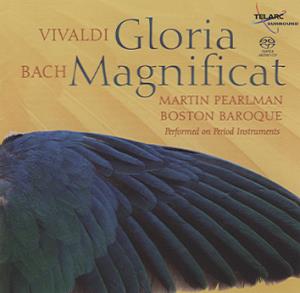 |
This new Telarc SACD of Vivaldi and Bach period
instrument Baroque music (Telarc SACD-60651) was a perfect way to start the
listening.
Even if you are not Vivaldi or Bach fan, you can tell by
the title that this is "glorious" music. It is not something that needs to
be played loud to enjoy, but still, having 500 watts per channel makes a
difference because of the leading edge transients, which can require a lot
of energy. |
|
Well, if you are not a Baroque music fan, you probably do like Tchaikovsky,
who was from the Romantic Period. One of my favorites is his "Romeo and
Juliet Fantasy Overture", such as this one on a new EMI two-disc package by
EMI (7-24358-65312-0).
It's just two-channel stereo, but who cares with a
composer of this magnitude? I used the PS Audio pair of components for this
listening, and I enjoyed it immensely. However, at my age (60), I like a bit
more laid-back sound, so if I had this amplifier in my permanent system, I
would probably pair it with the BAT VK-5i, which is a pure Class A triode
tube preamplifier. The combination of the tube and solid state gave me a
more satisfying presentation. If I were to have the GCA-200, I would pair it
with a tube power amplifier. Of course, that is only my preference. Solid
state aficionados will love the sound of these two products together. |
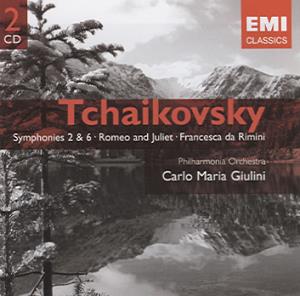 |
|
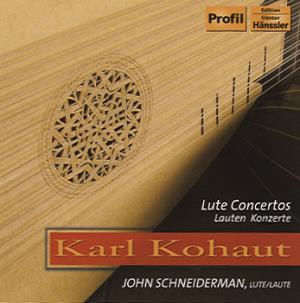 |
Lute is a good instrument to test the attack transients,
such as the new Profil CD, Lute Concertos (Profil PH05018).
I found the PS Audio pair of components to have excellent
transients without sounding too in my face.
The background instruments did not veil the lute
transients either. |
|
Ah, here is another good test: Baroque trumpet, in this case,
Alison Balsom in EMI's new Works for Trumpet (EMI
7-24355-80472-3). Frankly, I was surprised at the incredible
lung power of this young lady, but not surprised at the ability
of the PS Audio's preamp and power amp to reproduce it
beautifully. |
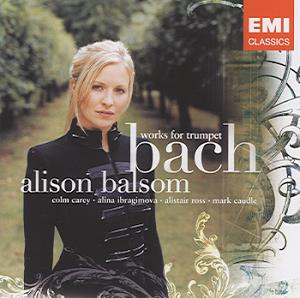 |
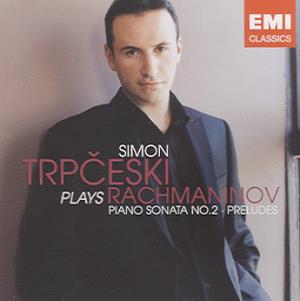 |
Rachmaninov's Preludes are some of my favorite classical
music of any period.
EMI has released this new disc (EMI 7-24355-79432-1)
featuring Simon Trpceski. Piano is a very difficult instrument to reproduce,
partly because of those attack transients I mentioned, but the PS Audio pair
thundered them out with no problems of any kind. Nothing like raw power! |
|
One of the DVDs I entertained myself with when listening to the
PS Audio power amplifier was
Lord of War. Oh yes, 500 watts per
channel comes in real handy with a movie like this. When you see
Nick Cage standing in a street full of AK-47 cartridges, you
know you are in for an evening of action!
Plus, I used electrostatic speakers, which are not the most
amplifier-friendly loads in the world. The PS Audio tamed them
real fast. Plenty of SPL, clear dialogue, and no distortion. |
 |
Click Here to Go to Part III.
Terms and Conditions of Use
|









